If you have a basement with a window, you probably have a window well – and if you are thinking about converting a dark basement that’s usually used for storage into a comfortable extra room, you will probably be familiar with the concept too.
Window wells can be a useful way to bring much-needed light to a subterranean room, and in some cases, they are also a legal requirement. If you are thinking about adding one or need any other information about them, here is everything you need to know about window wells.
What is a window well?
Let’s start with the basics – what is a window well? A window well is essentially a hole dug out around a window that is located below floor level.
They can be any depth, depending on how deep the window is, and they are usually either semi-circular or rectangular, partly depending on what the window well is for – we will be talking more about this in a moment.
Why would you need a window well?
There are two main reasons why you need a window well.
The first is that, if you have a basement, adding a window can quickly transform it from a dingy underground room mainly used for storage into a pleasant space with natural sunlight that you can use for many purposes, including recreation or relaxation.
In this situation, adding a window well is the solution that allows you to install a window in a room that would otherwise be below the surface.
The second reason is that in some cases, it is a legal necessity for an underground room to have an escape route. In this situation, a window with a window well can provide a way out in an emergency.
Those that are designed solely to allow in light can be smaller and are often semi-circular in shape since you won’t need to climb out of it. Those that are installed as points of egress need to be larger and are often rectangular.
What are the legal requirements?
There are certain specific rules governing the legal requirements of any building.
According to the International Residential Code (IRC), every habitable room requires a point of egress in case of emergency. This includes basements, habitable attics and every “sleepable” room in a building.
The IRC also states that the egress should open either onto a public way or onto a yard or court that opens onto a public way.
What this effectively means is, if your basement comes under the definition of a “habitable room”, it must have a window well to offer an escape route in emergencies.
Furthermore, IRC section R130.2 states that a window well intended as the required point of egress must be at least 36” in width, must project 36” from the wall and must have a maximum depth of 44” if there is no ladder.
If there is a ladder, there is no maximum depth – provided that the ladder is long enough to allow anyone to climb out in an emergency.
What are window wells made of?
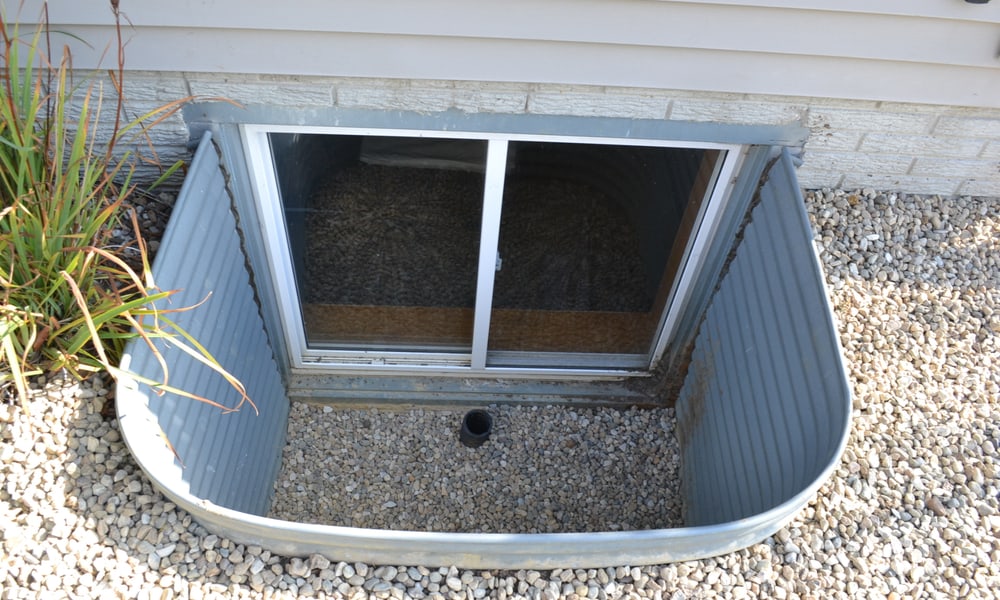
The wall of a window well can be made of different materials, depending on how much you pay.
You can probably pick up a cheap one made of plastic from your local hardware store, but this will be a makeshift solution at best and will probably need replacing after only a few seasons.
Slightly further up the price scale are window wells made of corrugated steel. These will last much longer than plastic ones but will eventually also eventually need to be replaced.
Some of the most expensive ones are made of hardened plastic that is designed to last for a long time. These can represent a more considerable investment up-front, but you shouldn’t need to think about replacing it for many years.
The traditional material for the bottom of a window well is gravel since drainage is important. We will talk more about this in a moment.
Depending on where you live, a good window well that will last a long time needs to be resistant to UV rays, water, frost and high temperatures. Anything that doesn’t fit this description is more likely to fail with time and need replacing.
What kind of problems can you have with a window well?
There are two main problems you can experience with window wells.
The first is that, like any hole in the ground, dirt and debris will tend to collect in it. This means it will gradually fill up with leaves, grass clippings, wind-blown garbage and anything else that falls into it.
This might be unpleasant to see when you look out of your window, but this also contributes to the second more serious problem.
As well as collecting debris, a hole in the ground will also fill up with water when it rains, and this means it will need a proper drainage system.
Without drainage, the well will fill up and the water may seep through your concrete walls, it may leak into your foundations or if lots of water collects in the well, the weight may even crack your windows and end up flooding your basement.
A build-up of debris can also exacerbate this since it may block the drainage system.
What can you do about these problems?
If you have a window well, it is essential to have a proper drainage system in place – otherwise, you will be at risk of flooding every time it rains.
You can either have an internal drainage system or an external one. An internal one sends the water to a sump pump which then directs it away safely. An external one, on the other hand, diverts the water directly to your perimeter drain.
At the same time, you should ensure that debris that collects in your window well does not impede the drainage system. For this reason, it is best to clean it out manually at least twice a year, once in fall and once in spring.
The bottom of the well should contain loose gravel, which also helps with drainage. This should not be allowed to become too compacted or it will also cause water to collect in the well.
You can either replace gravel periodically or remove it and clean it before putting it back in place.
How are window wells installed?
When installing a window well, the first step is to excavate the hole. Once this is done, the drainage system should be put in place. Finally, the wall is installed to finish the job.
Can you DIY a window well?
Unless you have a high level of building skill and expertise, it is advisable to hire a professional to do the work.
This is because a professional knows the relevant requirements in your area, knows how to measure everything correctly and should be able to do a reliable job.
This is not like most other building jobs since if you get it wrong, the result could be a disastrous flood when it starts raining – so to avoid this, it’s better to pay someone who knows what they are doing.
How much does it cost to have a window well installed?
There is a wide price range when it comes to window wells, and how much you pay depends on the material it is made from as well as the size, shape and depth.
Professionally-installed semi-circular window wells probably cost anything between $350 and $2,000, depending on the factors mentioned.
For a larger rectangular one, the cost could be anything between $450 and $2500 due to the extra material and labor required.
What is a window well cover?
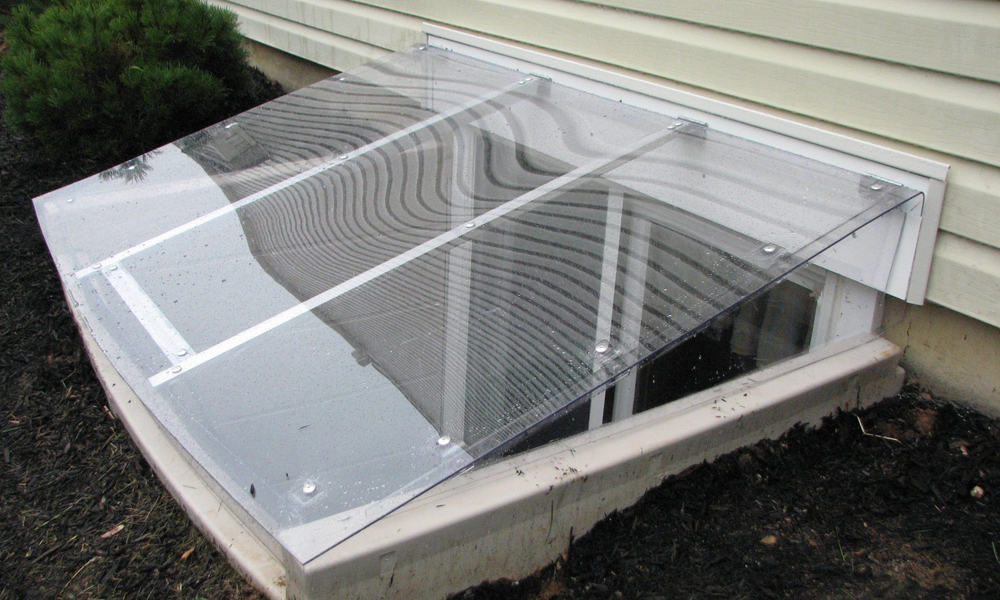
A window well cover is something that is placed over the top of a window well to prevent debris from falling in or to keep water out.
They can be simple, like a mesh placed over the top, or they can be more advanced. Some can be locked from the outside (to prevent against wind and rain), and others can be locked and unlocked from the inside (to prevent access but to allow you to escape in an emergency).
How much does a window well cover cost?
You can easily find an inexpensive window well cover in any hardware store or you could even DIY your own rudimentary version to prevent debris from falling in for next to nothing.
However, if you want something a bit more sophisticated, you are probably looking at anything between $100 and $400, depending on the shape, size and quality.
A useful – and sometimes essential – addition to any basement
Window wells can allow natural sunlight into a basement, making it a pleasant place to spend time rather than somewhere you avoid unless absolutely necessary. Furthermore, in many cases, having one is a legal requirement due to safety concerns.
The most important aspect when installing a window well is to ensure that the drainage system is adequate. Otherwise, the window well is apt to fill with water, and in the worst-case scenario, you could be looking at a serious flood in the basement of your home.

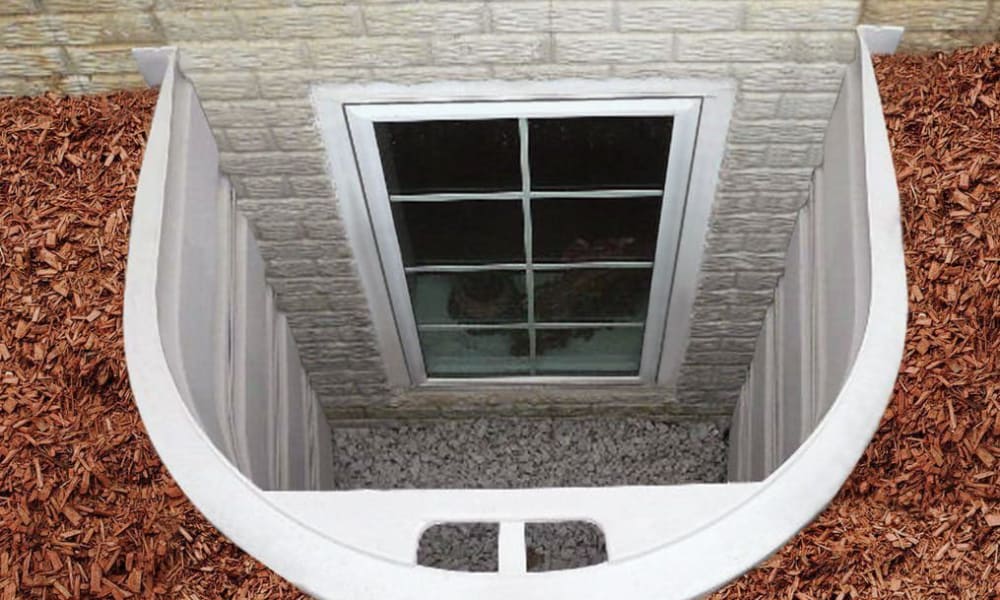
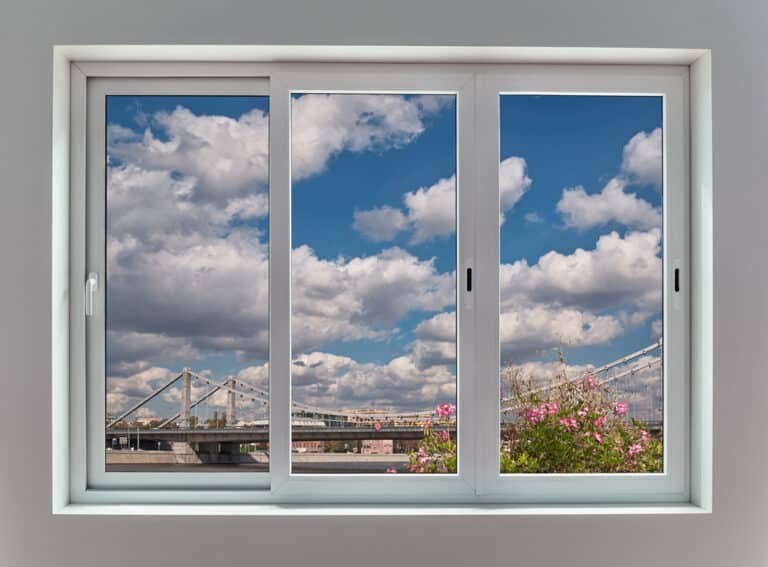
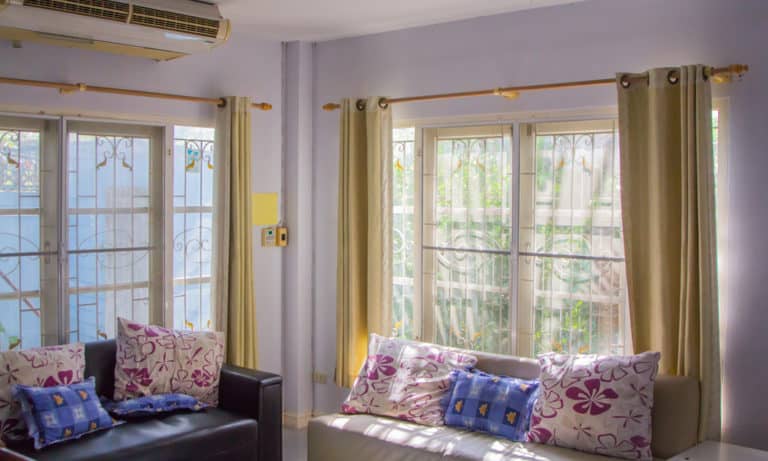


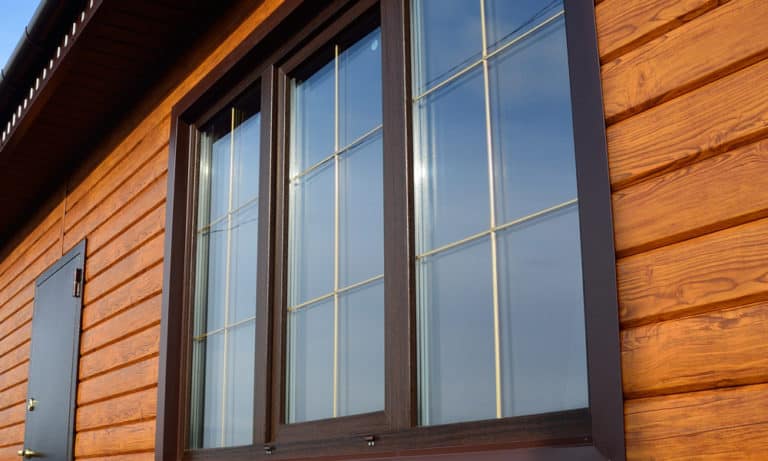

Nice informative post.
Thanks for sharing with us.